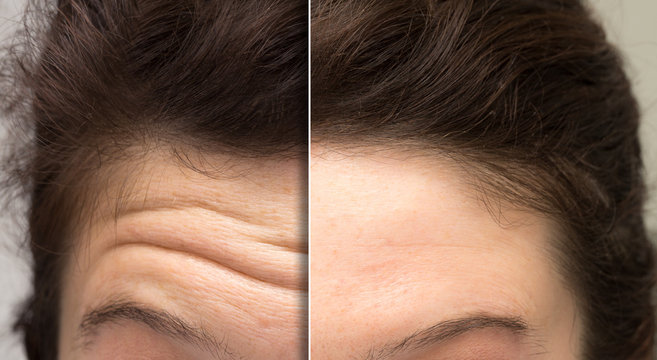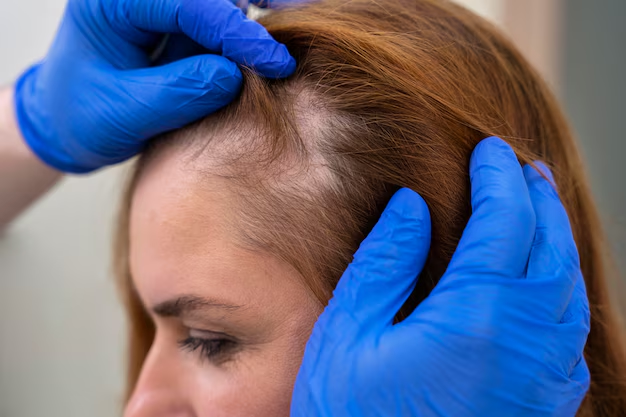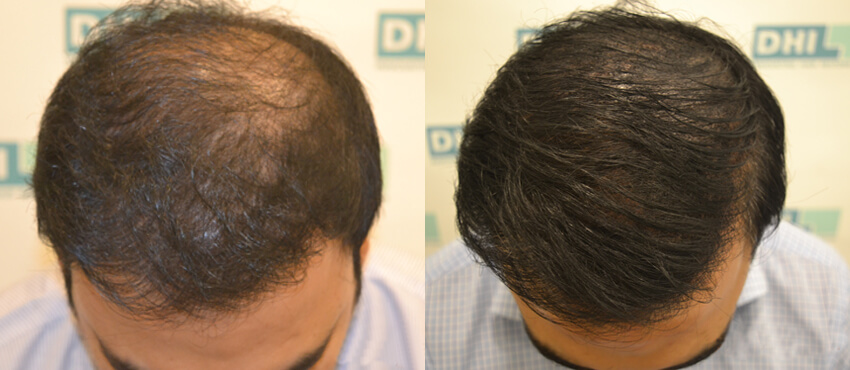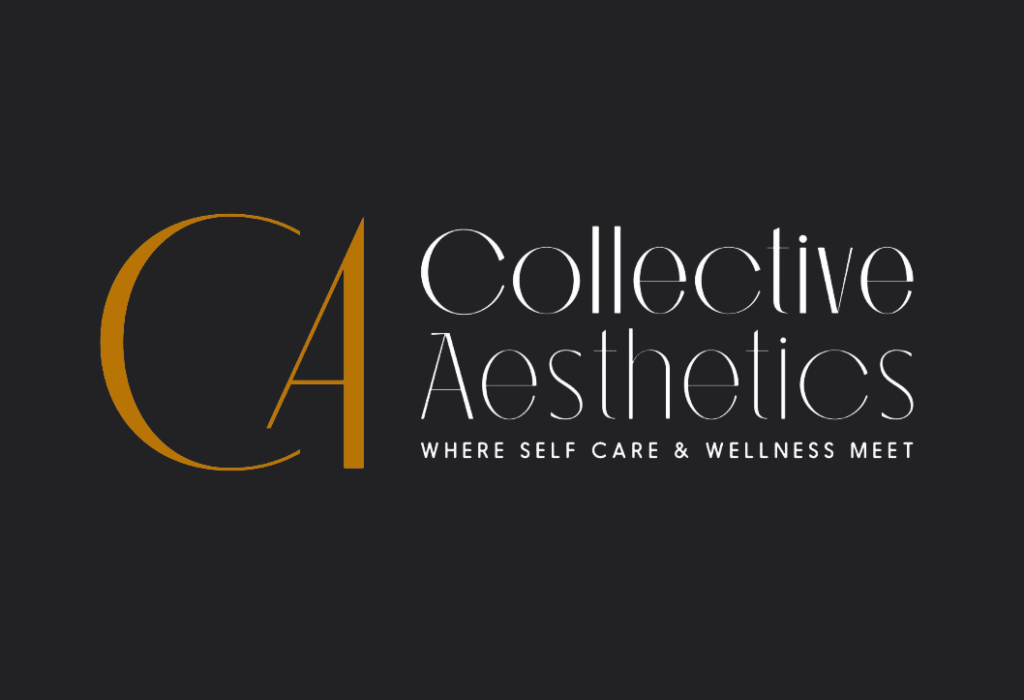Are you interested The Science Behind Hair Restoration? We specialize in human hair, including Hair Restoration treatments, PRP, and therapies.
Overview of the Blog Post:
In this blog post, readers will gain a deep understanding of the science behind hair restoration. From the causes of hair loss to advanced treatment options like PRP therapy and hair restoration methods. This article will provide insights into how these innovative treatments regenerate hair growth and improve hair health. The post will walk through the biological processes of hair follicles, common misconceptions, and how modern technology can help you achieve a fuller head of hair. Whether you are exploring options for yourself or want to learn more about hair restoration, this blog will equip you with the needed knowledge. 
The Science Behind Hair Restoration: How Does It Work?
And then there is this: Hair loss is a universal problem that millions worldwide face at some point in their lives, irrespective of sex or age. The good news is that due to research and advancement in medical science, viable hair restoration treatments are available that can either reverse or slow down the process of hair thinning and loss. But have you ever thought about how these hair restoration treatments function? In this post, we will delve into the science of hair restoration and discuss how these treatments can rejuvenate your hair to its fullest.
What Causes Hair Loss?
Before jumping into the science of hair restoration, it first makes sense to discuss hair loss causes. Some of the common causes of hair thinning or baldness are:
- Genetics: Genetic pattern baldness (androgenic alopecia) is a significant cause of hair loss. This condition, which can begin at an early age, affects both men and women.
- Hormonal Imbalances: Hormonal changes due to pregnancy, childbirth, menopause or thyroid problems can result in temporary or permanent hair loss.
- Stress: Physical or emotional stress can trigger telogen effluvium, where hair follicles enter a resting phase, leading to hair shedding.
- Nutritional Deficiencies: Lack of essential vitamins and minerals, including iron, zinc and biotin, can contribute to hair thinning.
- Medications and Treatments: Certain chemotherapy treatments and medical conditions can cause hair loss.
While hair loss is often inevitable due to these factors, there are solutions to reverse or slow down the process through hair restoration techniques. 
How Does Hair Restoration Work?
Hair restoration is a broad term that includes various treatments designed to encourage hair growth and combat hair thinning. These methods can be non-invasive or surgical. Here, we’ll break down the most popular and scientifically backed techniques for hair restoration.
1. Platelet-Rich Plasma (PRP) Therapy
One of the most exciting advancements in hair restoration is Platelet-Rich Plasma (PRP) therapy. PRP therapy involves drawing a small blood sample, processing it to concentrate the platelets (which contain growth factors) and injecting it back into your scalp. The idea behind PRP therapy is that platelet growth factors stimulate dormant hair follicles and promote new hair growth. How PRP Works for Hair Restoration:
- Step 1: Blood is drawn from your arm and placed into a centrifuge to separate the platelets from other blood components.
- Step 2: The concentrated PRP is then injected into the areas of the scalp that are thinning or balding.
- Step 3: The growth factors in the PRP stimulate the hair follicles to enter a growth phase, potentially reversing hair loss.
PRP therapy is a non-surgical treatment that requires minimal downtime. Many patients see noticeable improvements after a few sessions.
2. Hair Transplant Surgery
Another popular method for hair restoration is hair transplant surgery. This procedure involves moving hair follicles from one part of the scalp (often the back of the head) to thinning or bald areas. There are two main techniques for hair transplant surgery:
- Follicular Unit Transplantation (FUT): This method involves removing a strip of scalp from the donor area, dissecting it into individual hair follicles, and transplanting them to the recipient area.
- Follicular Unit Extraction (FUE): In FUE, hair follicles are extracted directly from the scalp and transplanted to the bald area.
How Hair Transplant Surgery Works:
- The transplanted follicles are genetically resistant to the hormone DHT. Which causes hair loss in areas affected by male or female pattern baldness.
- These follicles will continue to grow hair in their new location, leading to a natural-looking restoration.
While hair transplant surgery can provide long-lasting results, it’s a more invasive treatment that requires a recovery period and may come with some risk of complications.
3. Laser Therapy for Hair Growth
Low-level laser therapy (LLLT) is another hair restoration method that uses light energy to stimulate hair growth. Laser devices, such as laser combs or helmets, emit specific wavelengths of light that penetrate the scalp to promote cellular activity and encourage hair follicle regeneration. How Laser Therapy Works for Hair Restoration:
- The light energy is absorbed by the hair follicles, which stimulate blood circulation and encourage the follicles to produce thicker, healthier hair.
- Regular use of laser devices can result in noticeable hair regrowth in many individuals.
Laser therapy is a non-invasive treatment option that requires consistency and patience, as results typically take several months to become apparent.
4. Medications for Hair Loss
Several FDA-approved medications can help with hair restoration. These include:
- Minoxidil (Rogaine): This over-the-counter medication is applied directly to the scalp and effectively stimulates hair growth. It improves blood flow to the hair follicles, encouraging hair to grow thicker and stronger.
- Finasteride (Propecia): This oral medication blocks the production of DHT, the hormone responsible for hair loss. By reducing DHT levels, finasteride can slow hair loss and promote regrowth.
These medications are often used with other hair restoration treatments for optimal results.

The Benefits of Hair Restoration
Hair restoration treatments offer numerous benefits for individuals struggling with hair loss. Here are a few key advantages:
- Improved Confidence: Fuller, thicker hair can boost self-esteem and help individuals feel more confident in their appearance.
- Non-Invasive Options: With treatments like PRP and laser therapy, individuals can achieve significant results without surgery.
- Long-Term Results: Many hair restoration treatments, such as hair transplants, offer permanent or long-lasting results.
- Customizable Plans: Treatments can be tailored to meet the specific needs of each individual, ensuring that the restoration process works effectively.
Conclusion
Scientific principles, back hair restoration, and the science here are complicated but encouraging. From PRP therapy and hair transplant surgery to laser therapies and medications. There are several ways for people to re-establish their hair and confidence. Let’s say you’re thinking about a hair restoration solution. If so, meeting with a qualified professional is essential to help you find the best route for your unique needs. Collective Aesthetics provides professional hair restoration services that can deliver your desired results. Our treatments can help restore hair to its natural beauty; contact us today to learn more.

Contact Information
- Address: 6229 Miramar Pkwy Ste 7, Miramar, FL 33023, United States
- Phone: (305) 528-3360
- Email: info@collective-aesthetics.com
- Website: www.collective-aesthetics.com
- About: About Us
- Consultation: Book A Consultation now!
- Related topic for Hair Restoration Services
- The Ultimate Guide to Hair Restoration: Everything You Need to Know
- Top 5 Hair Restoration Treatments for Thinning Hair
- How to Choose the Right Hair Restoration Service for You
- Hair Transplant vs. Non-Surgical Hair Restoration: Which is Better?
- Hair Restoration Myths Debunked: What You Need to Know
- What to Expect Before, During, and After a Hair Restoration Procedure
- Laser Therapy for Hair Restoration: Is It Really Effective?
- How Long Does Hair Restoration Take to Show Results?
- The Cost of Hair Restoration: What Are Your Options?
- Natural vs. Surgical Hair Restoration: Which Option is Right for You?
- How Hair Restoration Can Boost Your Confidence and Self-Esteem
- The Best Hair Restoration Services for Men: A Complete Guide
- Women’s Guide to Hair Restoration: Solutions for Thinning and Balding
- How Hair Restoration Services Are Transforming the Way We Treat Hair Loss










